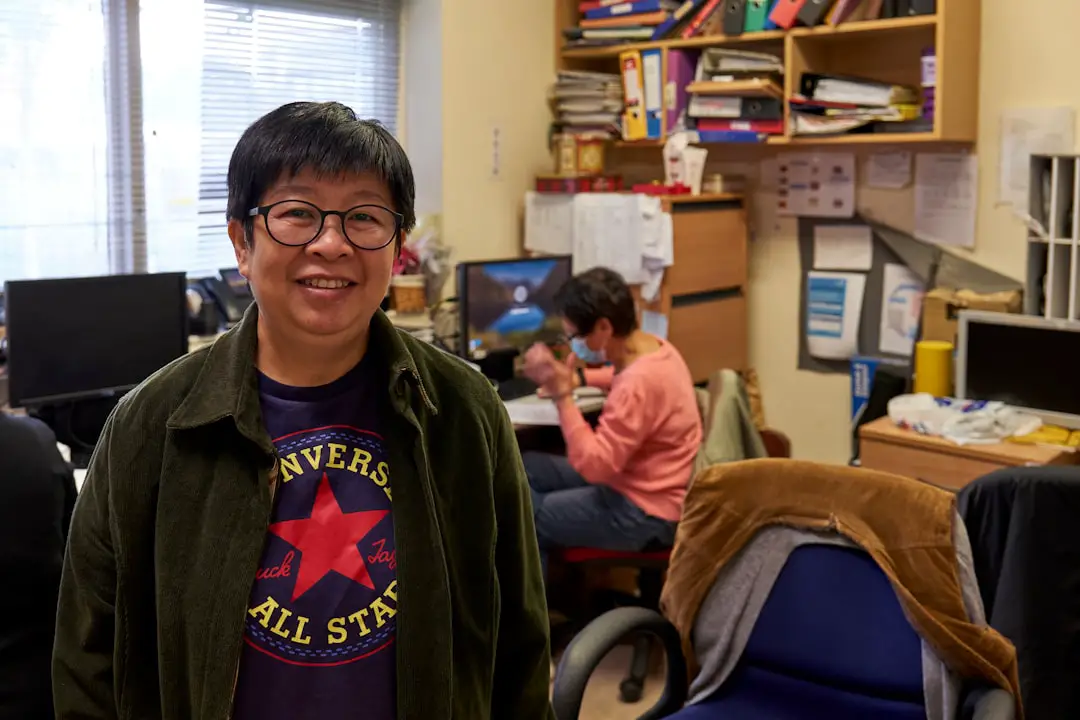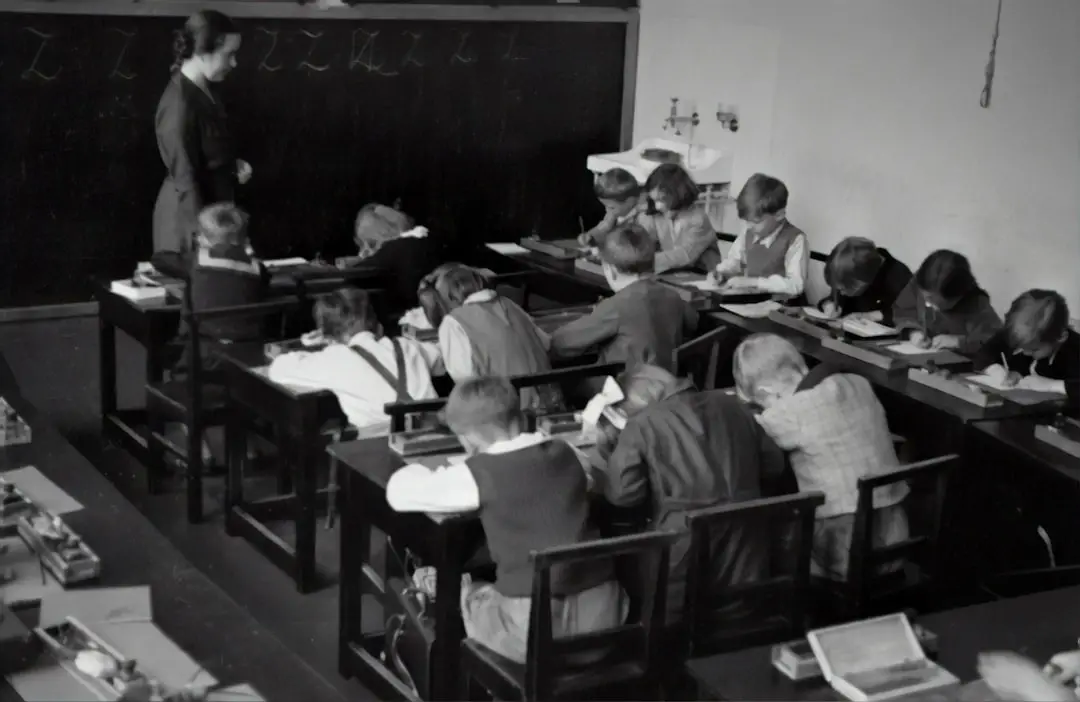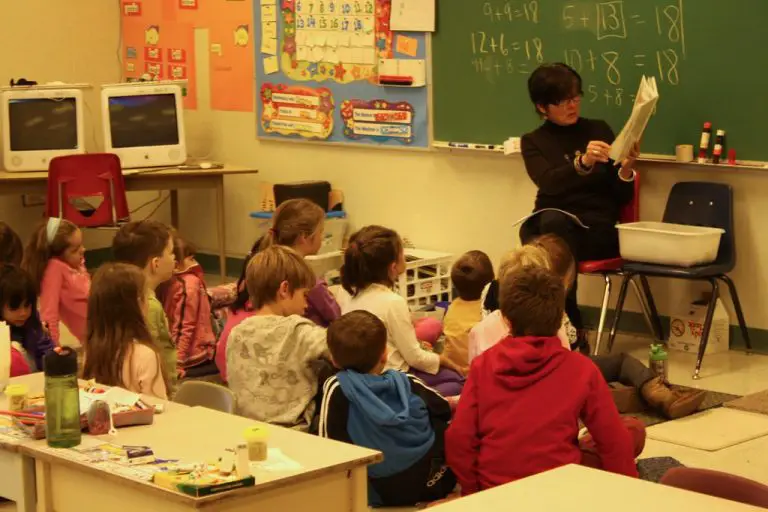Support our educational content for free when you buy through links on our site. Learn more
What is Core Teaching? [2024] ✅

Have you ever wondered what it means to be a core teacher? What are the essential skills and practices that make a teacher truly effective in the classroom? In this article, we will delve into the concept of core teaching and explore the key components that define this approach. Whether you’re a seasoned educator or just starting your teaching journey, understanding core teaching will help you become a more impactful and successful teacher. So, let’s dive in and uncover the secrets of core teaching!
Table of Contents
- Quick Answer
- Quick Tips and Facts
- Background: Unpacking Core Teaching
- What is Core Teaching?
- The Core Teaching Skillset
- Core Concepts in Teaching
- Creating a Core Teaching Setting
- FAQ
- Conclusion
- Recommended Links
- Reference Links
Quick Answer
Core teaching refers to the fundamental practices and skills that teachers employ to support student learning. It encompasses a range of strategies, routines, and moves that are essential for effective instruction. Core teaching is not a checklist of competencies or techniques divorced from principles and theory. Instead, it is a holistic approach that integrates understanding, skill, relationships, and issues of identity and power to accomplish specific activities with students in diverse learning environments.
👉 CHECK PRICE on: Teaching Resources | Classroom Supplies | Educational Games
Quick Tips and Facts
- Core teaching is central to the daily work of teaching and supports student learning.
- It is fundamental to developing other, more complex teaching practices.
- Core teaching practices can be both general and subject-specific.
- Core teaching is grounded in principles for high-quality, equity-centered instruction.
- It is not a one-size-fits-all approach but can be adapted to different curricula and teaching approaches.
Background: Unpacking Core Teaching

Before we dive into the specifics of core teaching, let’s take a moment to understand the context and history behind this concept. The Core Practice Consortium (CPC) defines core practices in teaching as identifiable components fundamental to teaching that teachers enact to support learning. These practices include both general and content-specific strategies, routines, and moves that can be unpacked and learned by teachers. The CPC emphasizes that core practices are not a checklist of competencies or techniques divorced from principles and theory. Instead, they are grounded in principles for high-quality, equity-centered instruction.
What is Core Teaching?
At its core (pun intended), core teaching is about employing essential practices and skills that support student learning. It goes beyond simply delivering content and focuses on creating meaningful and engaging learning experiences for students. Core teaching practices can be both general, applicable across different subjects and grade levels, and subject-specific, tailored to the unique demands of specific disciplines.
To give you a better understanding, let’s explore some examples of core teaching practices:
General Practices:
- Orchestrating Whole Class Discussion: Core teachers excel at facilitating rich and inclusive discussions that promote critical thinking and collaboration among students. They create a safe and respectful environment where every student’s voice is valued.
- Modeling: Core teachers understand the power of modeling. They demonstrate desired behaviors, skills, and thought processes to help students grasp complex concepts and develop their own abilities.
- Providing Instructional Explanations: Core teachers are skilled at breaking down complex ideas into manageable chunks and explaining them in a way that students can understand. They use clear and concise language, provide relevant examples, and scaffold learning to support students’ comprehension.
Subject-Specific Practices:
- Identifying Inquiry-Worthy Ideas in Science: Core science teachers have a knack for identifying key concepts and questions that spark curiosity and drive scientific inquiry. They guide students in exploring these ideas through hands-on experiments, research, and analysis.
- Modeling Historical Thinking Skills: Core history teachers teach students how to think like historians. They guide students in analyzing primary and secondary sources, making connections between past events and present-day issues, and developing a nuanced understanding of historical contexts.
- Facilitating Text-Based Instruction of Literary Texts: Core English language arts teachers skillfully guide students in close reading and analysis of literary texts. They help students uncover deeper meanings, make inferences, and engage in thoughtful discussions about themes, characters, and literary devices.
These examples illustrate how core teaching practices are central to the daily work of teaching and support student learning. They are fundamental to developing other, more complex teaching practices and underlie many different curricula or approaches to teaching.
The Core Teaching Skillset
To effectively implement core teaching practices, teachers need to develop a specific skillset. Here are some key skills that are essential for core teachers:
- Instructional Design: Core teachers are skilled at designing engaging and effective lessons that align with learning objectives and cater to the diverse needs of their students.
- Classroom Management: Core teachers create a positive and structured learning environment where students feel safe, respected, and motivated to learn.
- Differentiated Instruction: Core teachers understand that students have different learning styles, abilities, and interests. They adapt their instruction to meet the individual needs of each student, providing appropriate challenges and support.
- Assessment and Feedback: Core teachers use a variety of assessment strategies to gauge student understanding and provide timely and constructive feedback to guide students’ learning.
- Collaboration and Communication: Core teachers collaborate with colleagues, parents, and other stakeholders to create a supportive network that enhances student learning. They communicate effectively with students, fostering strong relationships built on trust and respect.
Developing these skills takes time and practice, but they are crucial for becoming a successful core teacher.
Core Concepts in Teaching
In addition to the specific practices and skills, core teaching is guided by several core concepts that shape the approach to instruction. These concepts include:
- Equity: Core teaching is grounded in the belief that every student deserves an equitable education. Core teachers strive to create inclusive learning environments where all students have access to high-quality instruction and resources.
- Cultural Responsiveness: Core teachers recognize and value the diverse backgrounds, experiences, and perspectives of their students. They incorporate culturally relevant content and teaching strategies that resonate with students’ identities and promote a sense of belonging.
- Student Engagement: Core teachers understand that engaged students are more likely to learn and succeed. They employ a variety of strategies to actively engage students in the learning process, such as hands-on activities, group work, and real-world connections.
- Critical Thinking: Core teaching fosters students’ critical thinking skills by encouraging them to analyze, evaluate, and synthesize information. Core teachers pose thought-provoking questions, provide opportunities for problem-solving, and guide students in developing their own informed opinions.
- Reflection and Growth: Core teachers are lifelong learners who continuously reflect on their practice and seek opportunities for professional growth. They embrace feedback, stay up-to-date with research and best practices, and actively participate in professional development activities.
By embracing these core concepts, teachers can create transformative learning experiences that empower students and prepare them for success in the 21st century.
Creating a Core Teaching Setting
To fully embrace core teaching, it’s important to create a supportive setting that fosters the implementation of core practices. Here are some key elements of a core teaching setting:
- Collaborative Culture: Foster a culture of collaboration and shared responsibility among teachers. Encourage opportunities for professional learning communities, peer observations, and collaborative planning.
- Supportive Leadership: Effective leadership plays a crucial role in creating a core teaching setting. School leaders should provide resources, professional development opportunities, and support for teachers to implement core practices.
- Student-Centered Environment: Design classrooms that prioritize student engagement, agency, and voice. Create flexible learning spaces that accommodate different learning styles and promote collaboration.
- Data-Informed Decision Making: Use data to inform instructional decisions and identify areas for improvement. Regularly assess student progress and adjust instruction accordingly.
- Continuous Improvement: Encourage a growth mindset among teachers and provide ongoing opportunities for professional development. Celebrate successes and learn from challenges to continuously improve teaching practices.
By cultivating a core teaching setting, schools can create an environment where teachers thrive and students flourish.
FAQ

What is the meaning of core teaching?
Core teaching refers to the fundamental practices and skills that teachers employ to support student learning. It encompasses a range of strategies, routines, and moves that are essential for effective instruction.
Read more about “Two Core Teaching Strategies You Must Try for Success in the Classroom … ✅”
What is core teaching skill?
Core teaching skill refers to the specific abilities and competencies that teachers need to effectively implement core teaching practices. These skills include instructional design, classroom management, differentiated instruction, assessment and feedback, and collaboration and communication.
What are core concepts in teaching?
Core concepts in teaching are fundamental principles and beliefs that guide the approach to instruction. These concepts include equity, cultural responsiveness, student engagement, critical thinking, and reflection and growth.
Read more about “What is Classroom Teaching Strategy? … ✅”
What is a core teaching setting?
A core teaching setting is an educational environment that supports the implementation of core teaching practices. It includes elements such as a collaborative culture, supportive leadership, student-centered classrooms, data-informed decision making, and a focus on continuous improvement.
Conclusion

In conclusion, core teaching is a holistic approach that encompasses essential practices, skills, and concepts to support student learning. It goes beyond surface-level instruction and focuses on creating meaningful and engaging learning experiences for students. By embracing core teaching, educators can become more impactful and successful in the classroom. So, whether you’re a seasoned teacher or just starting your teaching journey, remember to prioritize core teaching practices, develop the necessary skills, and create a supportive learning environment. Together, we can empower the next generation of learners!
👉 CHECK PRICE on: Teaching Resources | Classroom Supplies | Educational Games
Recommended Links
- Instructional Coaching
- Lesson Planning
- Classroom Management
- Differentiated Instruction
- Student Engagement
- Two Core Teaching Strategies You Must Try for Success in the Classroom 2024 ✅


